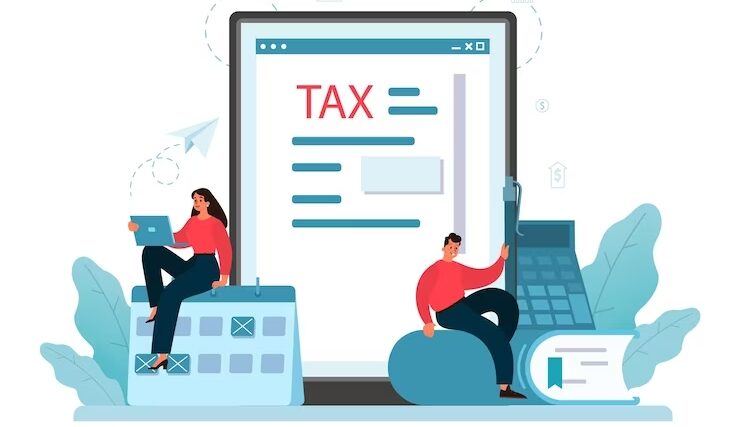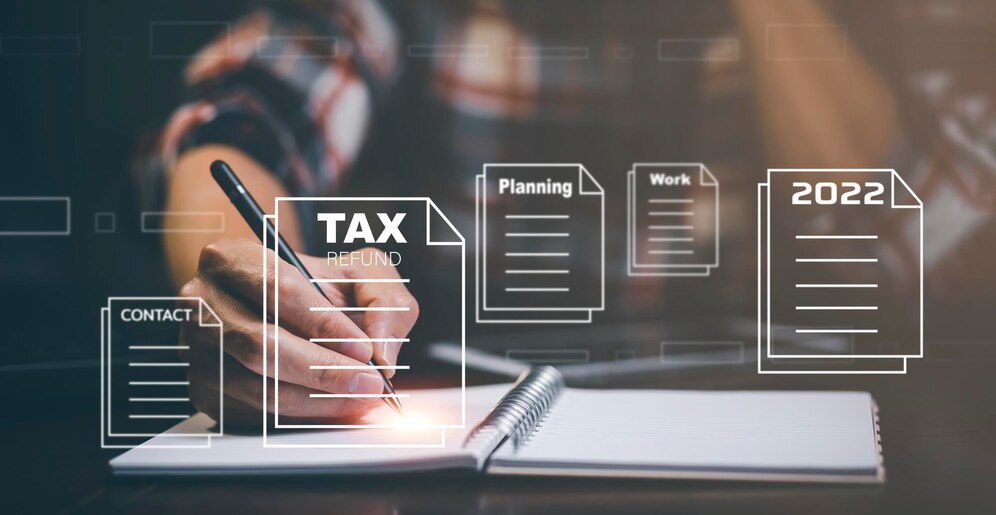A Guide To Iillinois State Tax Forms
When it comes to state income taxes, Illinois is different. It is one of nine states that doesn’t have a tax system that goes up as income increases. Everyone pays the same tax amount, no matter how much money they make. Tax rates don’t go up gradually as people make more money. Voters in the state will decide in November 2020 if they want to switch to a progressive tax system.
But the bill didn’t pass, so the flat tax is still in place. You will likely be required to pay Illinois income tax if you are a resident of Illinois or have income from Illinois sources. This means it’s time to fill up and submit your Iillinois State Tax Forms. To know more read the blog.
How Do You Figure Out Your Income Tax in Illinois?

Your federal adjusted gross income (AGI) is the first thing you must know for your Illinois tax return. On line 11 of your Form 1040, you’ll find your AGI. Your AGI is your pay after any changes have been made. Adjustments could be for things like interest paid on a school loan or money you put into an IRA.
Your net income is your gross income minus these taxes. Your AGI doesn’t consider any standard deductions, itemized deductions, or tax credits for which you may also be qualified. These are next. Other expenses are taken from your AGI to get your taxable income; credits reduce the amount you owe the IRS in taxes.
Your Basic Income
On your Illinois return, certain income types are returned to your AGI. Other kinds of income are taken away, and what’s left is what Illinois calls your “base income.”
- “Add-backs” are sources of income that aren’t counted in your federal AGI but are taxed in Illinois, like interest income that the federal government doesn’t tax.
- “Subtractions” include retirement and Social Security income and contributions to 529 college savings plans taxed at the federal level but not in Illinois.
Schedule M of the state has a complete list of all the changes and subtractions that the state allows. The list changes occasionally, so check back every year to ensure the things you claim are valid. Illinois has a flat tax system, so neither itemized nor standard deductions are allowed.
Tax credits, conversely, can lower the amount of tax that needs to be paid. As of the 2021 tax year, which is the return made in 2022, taxpayers can claim personal deductions of up to $2,375. It is more than the $2,325 they had to pay in 2020.
Tax Credits in Illinois
In addition to the refund for taxes paid to other states, Illinois gives at least three more:
The Tax Credit for Property
The credit equals 5% of the property tax you paid in Illinois on your primary home. You have to own the house. You can’t get this credit if your federal AGI is more than $250,000 or $500,000 if you are married and file a joint return. To get it, fill out Schedule ICR and send it in with your Illinois tax return.
The credit for education costs
You can get up to $750 back. This credit is for a part of the costs you paid for your child or children to go to a public or private Illinois school from kindergarten through 12th grade. Your student must be under 21 years old, and you and your student must have lived in Illinois when the costs were covered.
The Earned Income Credit (EIC)
The only tax credit in Illinois that can be paid back is the earned income credit (EIC). It equals 18% of the EIC amount you got back from the federal government. There are income caps and other rules, but you can get it if you can get the federal EIC from the IRS.
Note: You can also edit the forms with the help of online pdf editor. A PDF editor online is a powerful tool for handling PDF files efficiently and quickly. No longer will a printer, scanner, or even a black fountain pen be required to make hasty edits to your files. You can use this software to modify any PDF you choose.
FAQs
Who has to pay income tax to the state of Illinois?
Anyone who makes money in Illinois must pay the state income tax. Wisconsin, Iowa, Kentucky, and Michigan are the only different states.
These states have deals with Illinois that let them do the same things like:
- People who live in Illinois but work in one of these four states must pay income tax to Illinois instead of the state where they work.
- When people from these four states work in Illinois, they only have to pay taxes to their home state, not Illinois.
When does Illinois start giving back income tax refunds?
Illinois doesn’t say how long it takes to get a refund, and the state’s efforts to stop identity theft and scams have slowed the return process. The state does stress that the fastest way to get your tax refund is to file online and ask for a direct payment.
When did the state income tax in Illinois go up to 4.95?
On July 1, 2017, Illinois’ individual income tax went from 3.75 percent to 4.95 percent.

















